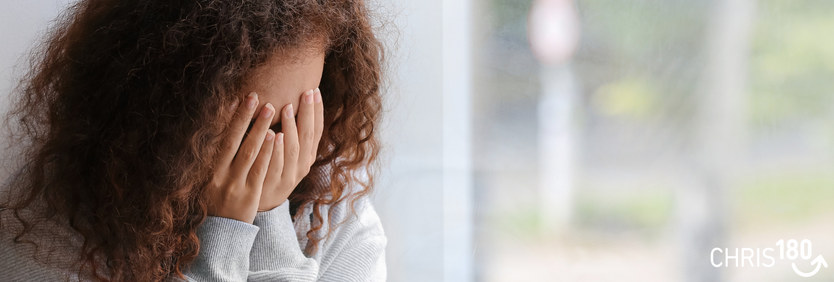In a digital-first world, it is very important to be aware of not only what bullying looks like but also the impact it has on the children in our community.
National Bullying Prevention Month was first established in 2006 to expand awareness to the consequences of bullying, with the hopes of preventing it, especially among school-age youth.
Bullying can take many forms. Bullies frequently use their ability to hurt others to boost their own self-esteem. They frequently enjoy the sense of dominance, control and superiority that comes from demeaning others. Unfortunately, bullying is most prevalent in schools, through face-to-face interactions or through the internet and social media, known as cyberbullying.
It is important to know the facts about bullying and what you can do to reduce or prevent the devastating impact bullying can have on children and families.
Frequently asked Questions about Bullying
Are there any populations that are more susceptible to bullying?
Answer: Yes. There are several different populations that are susceptible to bullying. Some of those populations are students with disabilities, students of color, and students who identify or are perceived as a part of the LGBTQIA+ community.
Students with disabilities could include but are not limited to: specific learning disabilities, Autism Spectrum Disorder, emotional and behavioral disorders, other health impairments and speech and language impairments.
What is the difference between bullying and conflict?
Answer: Conflict and bullying can appear extremely similar. Bullying can seem as hostility and a power imbalance. Bullying may be present if the behaviors are repeated. Abuse of any kind—verbal, physical, or emotional—mockery, public ridicule, ignoring and rejecting someone, destroying their property or possessions, and/or internet bullying are a few examples of recurrent actions.
How can I intervene as a parent/caregiver and/or as a student?
Answer: For students, it is recommended that you stop retaliating. If you try to “get back at them”, it has been proven to make things worse. You can stand up for those for whom you feel like their voices have been silenced. If you see something, say something.
For parents/caregivers, educate your child on the effects of bullying. Identify the different types of bullying and what that looks like. Another powerful key is to listen to the student/child that is reporting the bullying. Provide check-ins with the student/child to make sure the bullying has stopped and provide support and advice to ensure the student/child is always safe.
Tejah Stanley, MSW is the School-Based Mental Health Operations Manager.
References:
Pacer’s National Bullying Prevention Center (2020). Bullying Statistics: By the numbers. https://www.pacer.org/bullying/info/stats.asp
TheHopeLine. Bullying. https://www.thehopeline.com/topics/bullying/



